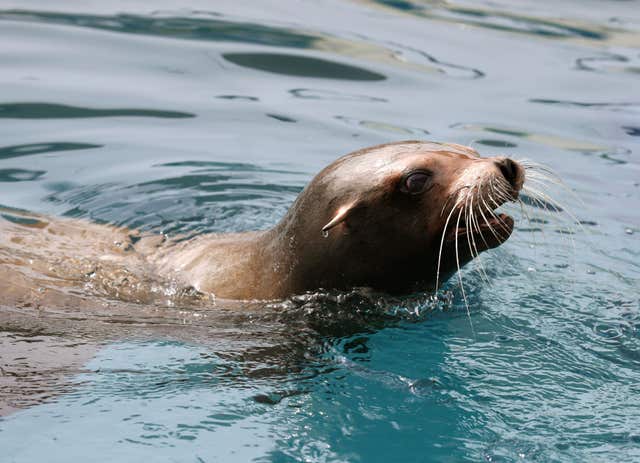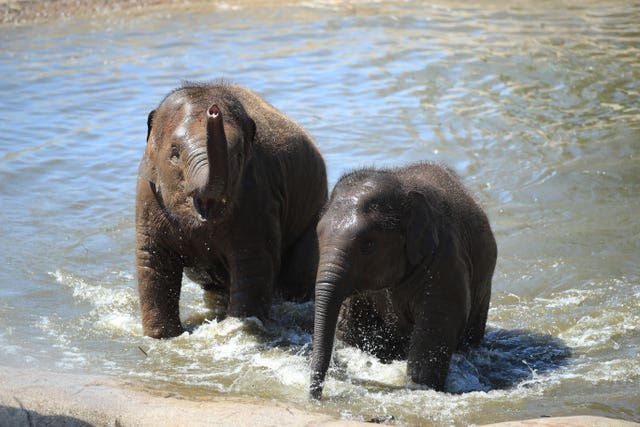
The relative size of a mammal’s brain is often linked to evolutionary changes in body size rather than to intelligence, research suggests.
An international team of scientists analysed data from 1,400 living and extinct mammal species to piece together a timeline of how brain and body size evolved over the last 150 million years.
There are “lots of different ways that species end up with big brains”, according to the researchers, such as decreasing body size to suit a new habitat, climate or way of moving.
Conversely, the study indicated that the California sea lion’s body increased in size at a faster rate than its brain as it diversified to a semi-aquatic niche, leaving it with a smaller relative brain size.

Most changes happened after the mass extinction event 66 million years ago, which led to the demise of the dinosaurs, and after a cooling event 30 million years later, according to the research.
Professor Anjali Goswami, research leader at London’s Natural History Museum, said: “This study exemplifies the dangers of our own biases in interpreting the natural world.
“As big-brained humans, we have long assumed that differences in brain size across species was due to selection for big brains.
“With this work, we now understand that what appear to be differences in relative brain size across species are often because of selection on body size and not due to any great push towards increased cognition or anything to do with brains at all.
“Our study shows that dolphins evolved their relatively large brains not by increasing brain size, but rather through decreasing both brain and body size, but just decreasing their brain size less than body size.
“The complexity of these patterns has forced us to completely shift our thinking on what drives the evolution of brain size and shows that there are lots of different ways that species end up with big brains.”

The study indicated that after the mass extinction event 66 million years ago there was a dramatic shift in relative brain-body size in lineages such as rodents, bats and a group of mammals known as carnivorans – which includes modern-day foxes, wolves, cougars and leopards.
The cooling climate roughly 30 million years later led to more profound changes, with seals, bears, whales, and primates all undergoing evolutionary shifts in their brain and body size.
The likes of elephants and great apes evolved their extreme proportions after this climate change event.
Co-author Dr Jacob Dunn, associate professor in Evolutionary Biology at Anglia Ruskin University (ARU), said: “These results make us completely change the way we think about brain evolution in mammals.
“For decades, biologists have assumed that relative brain size is a reliable indicator of intelligence among species.
“This has been especially true for research on primates, including our extinct hominin ancestors.
“Our study shows that we need to be more cautious when making assumptions about a species’ cognitive ability from its relative brain size, as the relationship between brain size and body size is complex, and either or both can evolve to be bigger or smaller in response to different environmental challenges.
“Our work highlights how variation in body size is a key driver of shifts in relative brain size, and opens up new opportunities for thinking about the complex ways that brains evolve.”
Researchers from the University of Salford and University College London also contributed to the research, which is published in the journal Science Advances.


Comments: Our rules
We want our comments to be a lively and valuable part of our community - a place where readers can debate and engage with the most important local issues. The ability to comment on our stories is a privilege, not a right, however, and that privilege may be withdrawn if it is abused or misused.
Please report any comments that break our rules.
Read the rules here